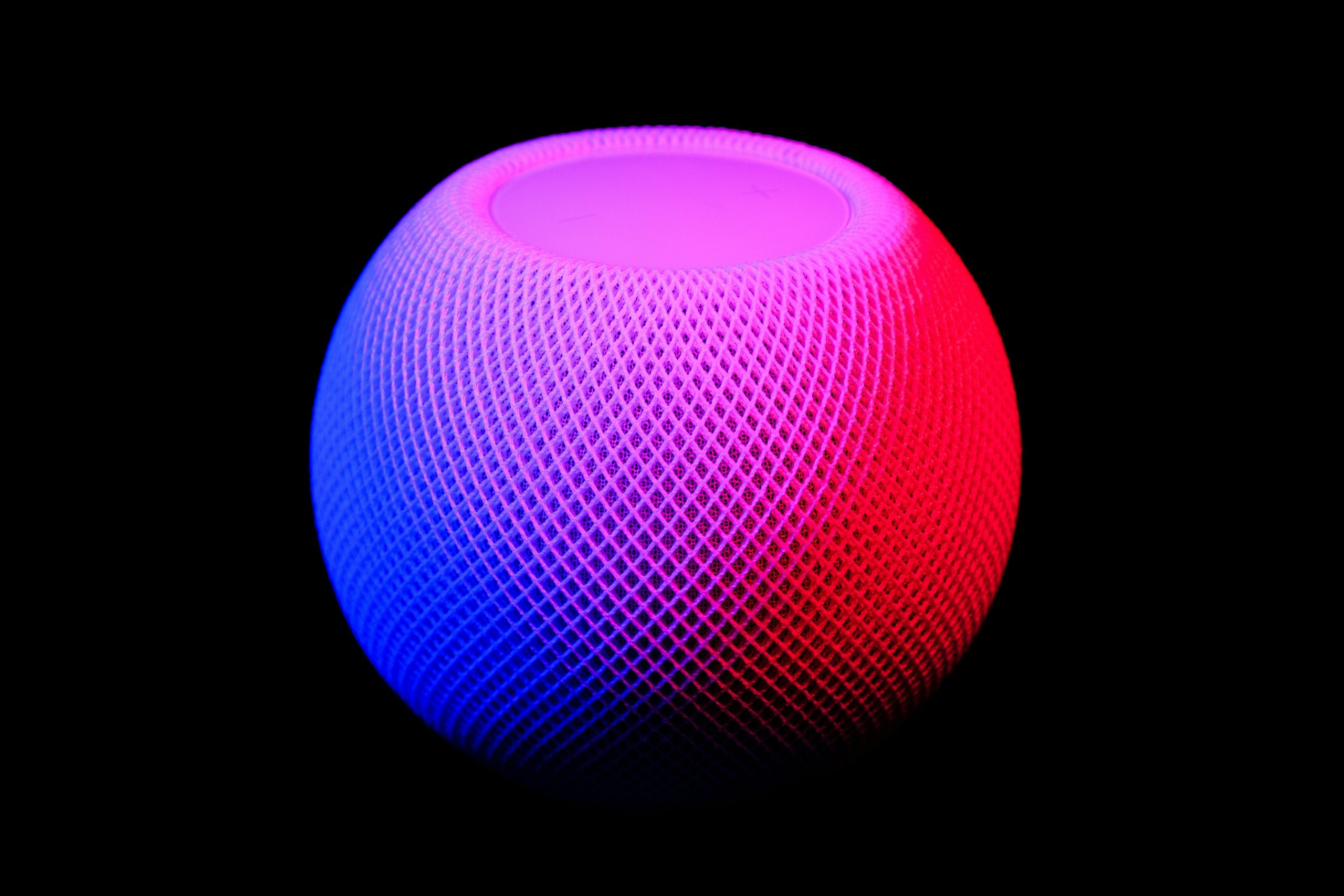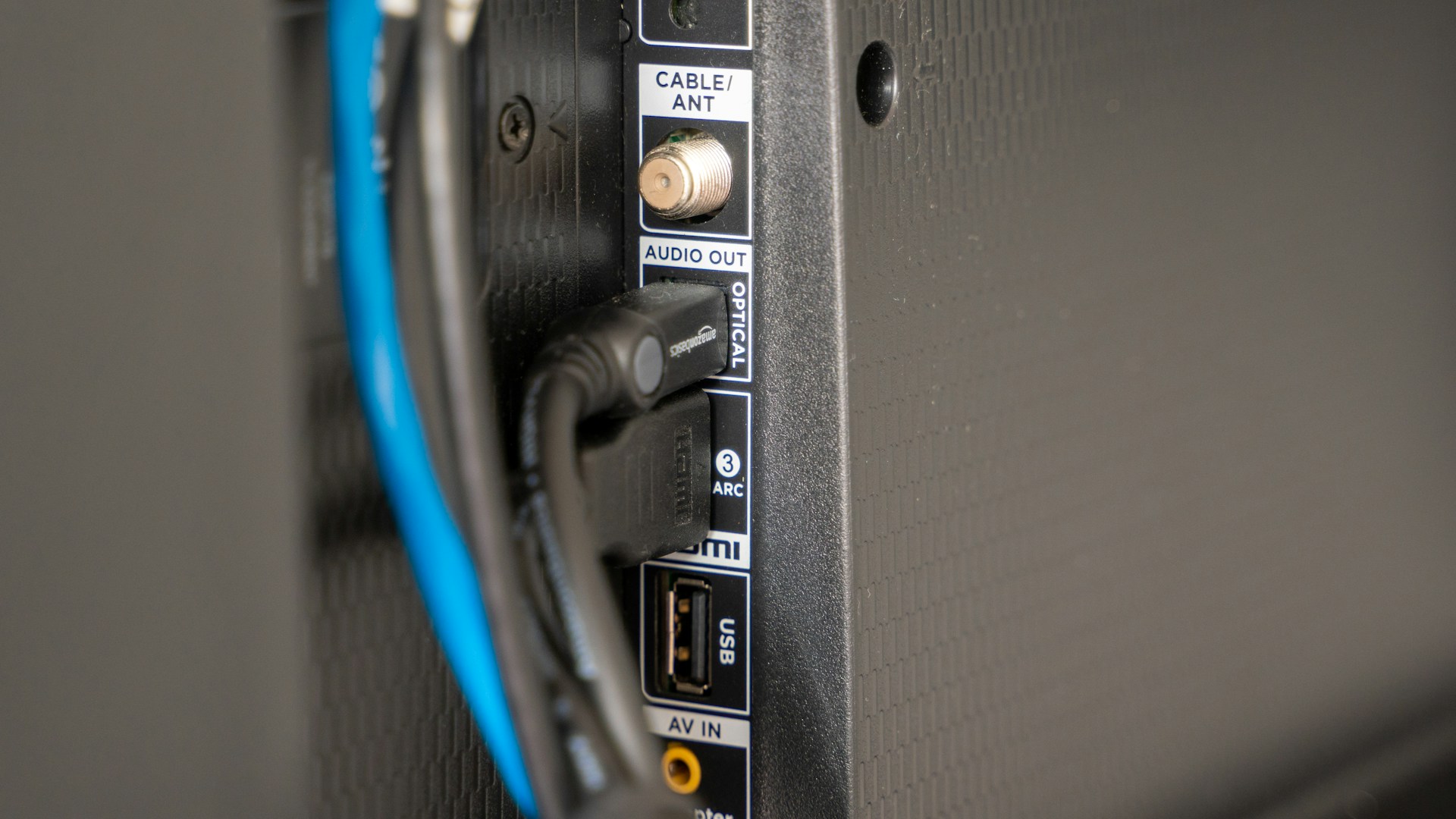In the fast-paced realm of modern healthcare, the integration of technology has emerged as a beacon of hope, promising improved patient outcomes and elevated experiences. From streamlined processes to personalized care, the fusion of healthcare and technology has ushered in an era of unprecedented innovation. Let’s delve into how technology is transforming healthcare, revolutionizing both patient outcomes and experiences.
Precision Medicine: Tailored Treatments for Individual Needs
Gone are the days of one-size-fits-all treatment approaches. With the advent of precision medicine, healthcare providers can now customize medical treatments to suit individual patients’ unique genetic makeup, lifestyle, and environmental factors. Better patient results result from this tailored strategy, which also reduces side effects and increases therapeutic efficacy.
Technological advancements, such as genome sequencing and big data analytics, play pivotal roles in precision medicine. By analyzing vast amounts of genomic data, healthcare professionals can identify genetic predispositions to diseases and tailor treatment plans accordingly. Furthermore, wearable devices and health-monitoring apps enable real-time data collection, empowering patients to actively participate in their healthcare journey.
Telemedicine: Breaking Barriers to Accessible Healthcare
Geographical barriers and limited access to healthcare facilities have long been impediments to quality healthcare delivery. But regardless of a patient’s geographical location, telemedicine has become a game-changer, bridging the gap between them and healthcare providers.
Through video consultations, remote monitoring, and digital prescriptions, telemedicine offers patients convenient access to medical expertise from the comfort of their homes. This not only reduces the burden on traditional healthcare infrastructure but also enhances patient experiences by minimizing travel time and wait periods.
Artificial Intelligence: Augmenting Clinical Decision-Making
Artificial intelligence (AI) is revolutionizing clinical decision-making by augmenting healthcare professionals’ abilities to diagnose diseases, predict treatment outcomes, and identify potential risks. Machine learning algorithms analyze vast datasets to identify patterns and trends that may go unnoticed by human clinicians, thereby enhancing diagnostic accuracy and treatment efficacy.
In radiology, for instance, AI-powered imaging algorithms can detect abnormalities with unparalleled precision, leading to earlier disease detection and improved patient outcomes. Similarly, AI-driven predictive analytics enable proactive interventions to prevent adverse health events, thus optimizing patient care and reducing healthcare costs.
Increasing Patient Involvement: Giving Patients More Control Over Their Medical Journey
Empowering patients to actively engage in their healthcare journey is crucial for achieving optimal outcomes. Technology facilitates enhanced patient engagement through various channels, including patient portals, mobile apps, and wearable devices.
Patient portals provide individuals with secure access to their medical records, lab results, and appointment schedules, fostering transparency and accountability in healthcare delivery. Moreover, mobile health apps empower patients to track their health metrics, adhere to medication regimens, and adopt healthier lifestyles through personalized coaching and feedback.
Conclusion
The integration of technology into healthcare represents a paradigm shift, promising improved patient outcomes and elevated experiences. From precision medicine and telemedicine to artificial intelligence and enhanced patient engagement, technology-driven innovations are reshaping the landscape of modern healthcare.
As we embrace these advancements, it’s essential to prioritize ethical considerations, data privacy, and equitable access to ensure that technology serves as a catalyst for positive change in healthcare delivery. By harnessing the power of technology, we can pave the way for a healthier, more connected future, where every individual has access to quality healthcare tailored to their unique needs.
The Role of Blockchain: Securing Health Data and Enhancing Interoperability
Blockchain technology holds immense potential in revolutionizing healthcare by addressing critical challenges related to data security, interoperability, and patient privacy. By creating decentralized and tamper-resistant ledgers, blockchain ensures the integrity and confidentiality of health data, thereby fostering trust among patients and healthcare stakeholders.
One of the most significant advantages of blockchain in healthcare is its ability to facilitate secure data sharing and interoperability across disparate systems. Through blockchain-based platforms, healthcare providers can seamlessly exchange patient information while maintaining data ownership and consent management. This interoperability not only improves care coordination but also enhances patient experiences by eliminating redundant paperwork and delays in accessing medical records.
Moreover, blockchain enables patients to have greater control over their health data, empowering them to selectively share information with healthcare providers and researchers while safeguarding their privacy rights. Smart contracts, powered by blockchain technology, automate and enforce data access permissions, ensuring compliance with regulatory requirements such as the Health Insurance Portability and Accountability Act (HIPAA).
Virtual Reality and Augmented Reality: Transforming Healthcare Education and Rehabilitation
Virtual reality (VR) and augmented reality (AR) have transcended their entertainment origins to become potent tools in healthcare education, training, and rehabilitation. Medical students and healthcare professionals can immerse themselves in realistic simulations and surgical procedures, honing their skills in a safe and controlled environment.
Furthermore, VR and AR technologies offer innovative solutions for patient education and rehabilitation. By creating immersive experiences, patients can better understand their medical conditions, treatment options, and rehabilitation exercises. VR-based therapies have shown promising results in managing chronic pain, anxiety disorders, and post-traumatic stress disorder (PTSD), offering non-pharmacological alternatives for symptom management.
Ethical Considerations and Human-Centered Design
While technological advancements hold immense promise in transforming healthcare, it’s imperative to address ethical considerations and prioritize human-centered design principles. Ensuring data privacy, informed consent, and equitable access to healthcare technologies are paramount to building trust and fostering inclusive healthcare systems.
Moreover, healthcare professionals must undergo training and education to effectively leverage technology in their clinical practice while maintaining empathy and compassion in patient care. Human-centered design approaches emphasize the importance of understanding patients’ needs, preferences, and values to co-create solutions that truly enhance their experiences and outcomes.
Looking Ahead: Embracing a Future of Innovation and Collaboration
As we navigate the ever-evolving landscape of healthcare technology, collaboration between stakeholders is essential to harnessing its full potential. Governments, healthcare organizations, technology companies, and patients must work together to drive innovation, address regulatory challenges, and ensure equitable access to transformative healthcare solutions.
By embracing a future of innovation and collaboration, we can unlock the full power of technology to improve healthcare outcomes and enhance patient experiences. From precision medicine and telemedicine to artificial intelligence and blockchain, the possibilities are limitless, offering hope for a healthier and more resilient society. Let us seize this opportunity to shape a future where technology serves as a catalyst for positive change in healthcare delivery worldwide.
Overcoming Barriers to Adoption: Addressing Challenges and Promoting Equity
Despite the promise of technological innovations in healthcare, several barriers to adoption persist, including financial constraints, regulatory hurdles, and digital literacy gaps. Addressing these challenges is essential to ensuring that the benefits of technology are accessible to all individuals, regardless of socioeconomic status or geographic location.
Governments and healthcare organizations must invest in infrastructure and resources to facilitate the adoption of technology, particularly in underserved communities. Initiatives such as subsidies for telemedicine services, funding for digital health literacy programs, and incentives for healthcare providers to implement technological solutions can help bridge the digital divide and promote equity in healthcare delivery.
Furthermore, regulatory frameworks must evolve to keep pace with technological advancements while safeguarding patient privacy and safety. Collaborative efforts between policymakers, industry stakeholders, and patient advocacy groups are necessary to develop clear guidelines and standards for the ethical use of technology in healthcare.
Leveraging Data Analytics for Population Health Management
Data analytics holds immense potential in improving population health outcomes by identifying trends, predicting disease outbreaks, and optimizing resource allocation. By analyzing vast amounts of healthcare data, including electronic health records, claims data, and social determinants of health, data analytics can inform evidence-based interventions and public health policies.
Population health management initiatives leverage data analytics to stratify patient populations based on risk profiles and prioritize preventive care interventions. By proactively identifying individuals at high risk of developing chronic conditions or experiencing adverse health events, healthcare providers can intervene early and effectively manage population health outcomes.
Moreover, data analytics enables healthcare organizations to monitor population health trends in real time, facilitating agile responses to emerging health threats such as infectious diseases or natural disasters. By harnessing the power of data analytics, we can transform healthcare delivery from reactive to proactive, ultimately improving patient outcomes and reducing healthcare costs.
Conclusion: Embracing the Future of Healthcare Technology
In conclusion, the integration of technology into healthcare is reshaping the way we deliver and experience healthcare services. From precision medicine and telemedicine to artificial intelligence and blockchain, technological innovations hold immense promise in improving patient outcomes, enhancing experiences, and promoting equity in healthcare delivery.
As we embrace the future of healthcare technology, it is essential to prioritize ethical considerations, address barriers to adoption, and leverage data analytics for population health management. By working collaboratively across sectors and investing in innovative solutions, we can unlock the full potential of technology to create a healthier and more equitable future for all individuals.
Together, let us embrace the transformative power of technology to revolutionize healthcare and build a world where everyone has access to quality, personalized care that meets their unique needs and preferences.
Developing an Innovation and Continuous Improvement Culture
In the journey towards leveraging technology for enhanced healthcare outcomes and patient experiences, fostering a culture of innovation and continuous improvement is paramount. Healthcare organizations must embrace a mindset that encourages experimentation, learning from failures, and iterating on successes.
Encouraging interdisciplinary collaboration among healthcare professionals, technologists, researchers, and patients can spark creativity and drive innovative solutions to complex healthcare challenges. By breaking down silos and fostering open communication channels, organizations can harness collective expertise to drive meaningful change.
Moreover, investing in professional development and training programs enables healthcare professionals to acquire the skills and knowledge necessary to effectively leverage technology in their practice. Continuous learning not only empowers individuals to stay abreast of technological advancements but also cultivates a culture of lifelong learning and adaptation.
Embracing Patient-Centered Design Principles
At the heart of technological innovations in healthcare lies the imperative to prioritize patient needs, preferences, and experiences. Embracing patient-centered design principles ensures that technology solutions are user-friendly, intuitive, and tailored to meet the diverse needs of patients.
Engaging patients as co-designers in the development process enables healthcare organizations to gain valuable insights into their perspectives, challenges, and expectations. By soliciting feedback through focus groups, usability testing, and patient surveys, organizations can iteratively refine technology solutions to better align with patient preferences.
Furthermore, ensuring accessibility and inclusivity in technology design is essential to serving diverse patient populations effectively. Considerations such as language preferences, cultural sensitivities, and disabilities must be integrated into the design process to ensure that technology solutions are truly inclusive and equitable.
Conclusion: Harnessing Technology for Human-Centered Healthcare Transformation
In conclusion, the convergence of technology and healthcare offers boundless opportunities to revolutionize patient outcomes and experiences. From precision medicine and telemedicine to artificial intelligence and patient-centered design, the possibilities are vast and transformative.
By embracing a future-oriented mindset, fostering collaboration, and prioritizing patient needs, healthcare organizations can harness the full potential of technology to drive positive change. Together, let us embark on a journey towards a future where technology serves as a catalyst for human-centered healthcare transformation, empowering individuals to lead healthier, more fulfilling lives.





